Exploring Generative AI: A Beginner's Guide with Python
Written on
Chapter 1: Introduction to Generative AI
Welcome to the series “Exploring Generative AI: A Beginner's Guide with Python.” This series will delve into the essential concepts of generative AI that are crucial for both Data Scientists and Software Engineers. We will journey through Python, Machine Learning, Deep Learning, and Natural Language Processing, exploring various generative models such as Generative Adversarial Networks (GANs), Variational Autoencoders (VAEs), and prominent Large Language Models like ChatGPT, Google Bard, and Claude 2.
Let's kick off this introductory piece on Generative AI, providing a comprehensive overview of the field and showcasing the latest tools available for building generative AI applications with Python.
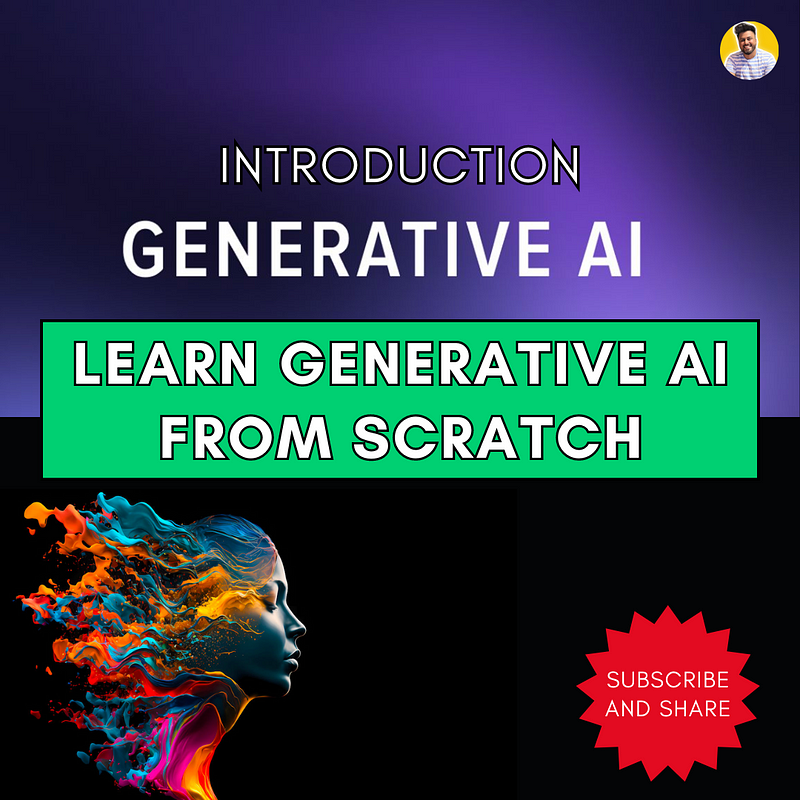
Fig.1 — Overview of Generative AI
Pre-Requisites for Learning Generative AI
- Python — To Learn Click Here
- Machine Learning — To Learn Click Here
The Generative AI Landscape
The Generative AI Landscape encompasses a variety of techniques and models designed to generate new data instances that resemble existing datasets. Unlike discriminative models that focus on classification and regression, generative models create new data.
Some notable techniques within this landscape include:
- Generative Adversarial Networks (GANs): This popular model consists of two neural networks—the generator and the discriminator. The generator aims to produce realistic data samples, while the discriminator evaluates the authenticity of these samples. Through adversarial training, GANs excel in producing novel and realistic data, making them a staple in image synthesis and video generation.
- Variational Autoencoders (VAEs): These probabilistic models encode data into a latent space and subsequently decode it back to the original form. VAEs are particularly useful for image generation, data compression, and creating new data from the learned latent space.
- Autoregressive Models: Generating data one element at a time based on previous elements, these models include PixelRNN and PixelCNN, which have successfully produced images.
- Language Models: Transformers have transformed natural language processing (NLP) and text generation. Models like GPT (Generative Pre-trained Transformers) are key in crafting coherent and contextually relevant text.
- Deep Reinforcement Learning (RL) and Generative Adversarial Imitation Learning (GAIL): These methods employ reinforcement learning to learn generative policies, allowing AI agents to create new action sequences in dynamic settings.
- Hybrid Models: Some approaches merge elements from various generative models to create innovative architectures with enhanced capabilities.
The Powerhouses of AI in 2023
- Google Bard: Built on the Pathways Language Model 2 (PaLM 2), this powerful AI offers customizable responses across more than 40 languages and can analyze images. It integrates seamlessly with Google applications like Drive and Docs.
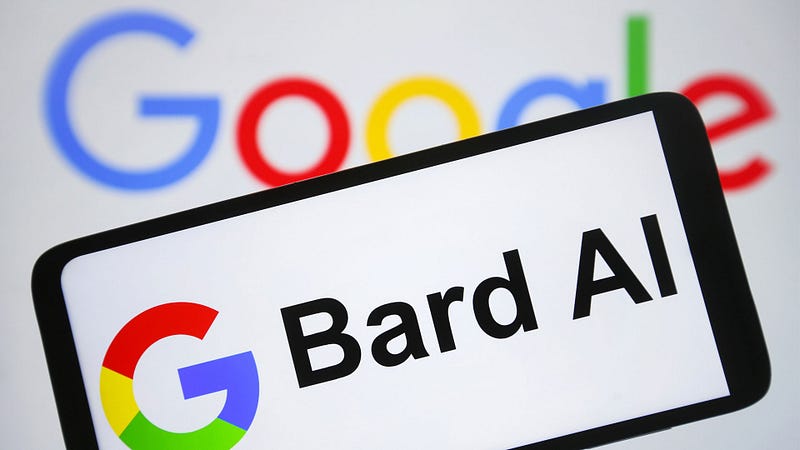
Fig.3 — Google Bard Overview
- Anthropic’s Claude 2: This AI chatbot excels in deep document analysis, capable of processing texts with up to 100,000 tokens. Its Python coding proficiency makes it a valuable resource for developers.
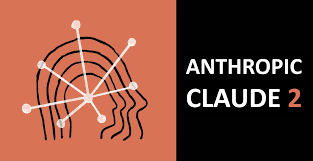
Fig.4 — Claude 2 Overview
- OpenAI ChatGPT: Since its release in November 2022, ChatGPT has impressed users with its human-like responses and extensive knowledge. Operating on the GPT-4 model, it generates content with remarkable accuracy.
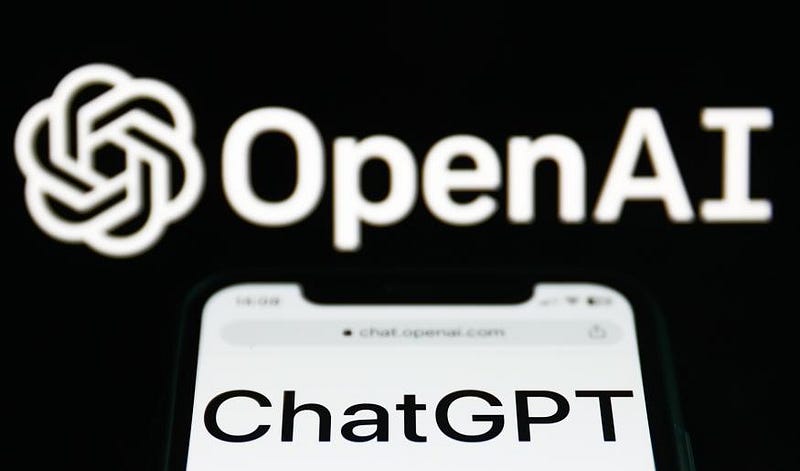
Fig.5 — ChatGPT Overview
All these Large Language Models provide API support, enabling users to develop customized AI applications in various programming languages, including JavaScript, Python, Java, and Go. Throughout this series, I will utilize Python to create programs and applications using these LLM APIs.
Watch this video for an in-depth exploration of the GPT-4 Model with Python and its theoretical underpinnings.
Conclusion
Join us on this exciting journey where Generative AI meets Python and Machine Learning, unlocking the immense potential of AI-generated creativity. Whether you're new to the field or already an enthusiast, there's a wealth of knowledge waiting for you. Let’s embark on this adventure into the future of AI! Stay tuned for more engaging content and thrilling discoveries.
If you enjoyed this article and wish to support my work, please consider the following:
- Clap for the story (100 Claps) and follow me: Simranjeet Singh
- Explore more content on my Medium Profile
- Connect with me: [LinkedIn](#) | [Medium](#) | [GitHub](#) | [Twitter](#) | [Telegram](#)
- Share this content with friends and colleagues to help expand my reach.
- Interested in a career in Data Science or AI? I offer mentoring sessions and long-term career guidance.
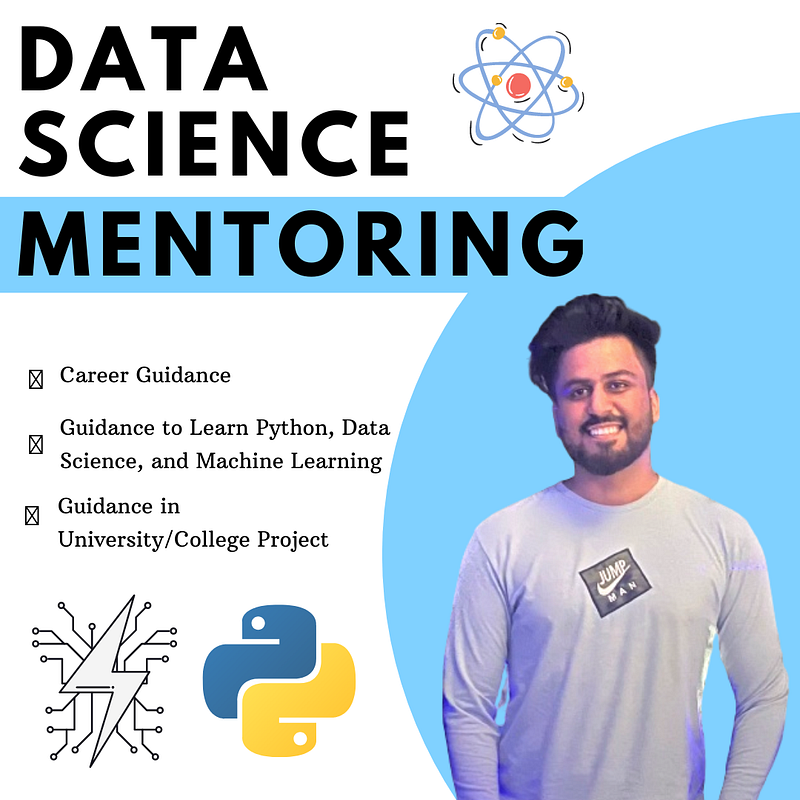
Book your Appointment